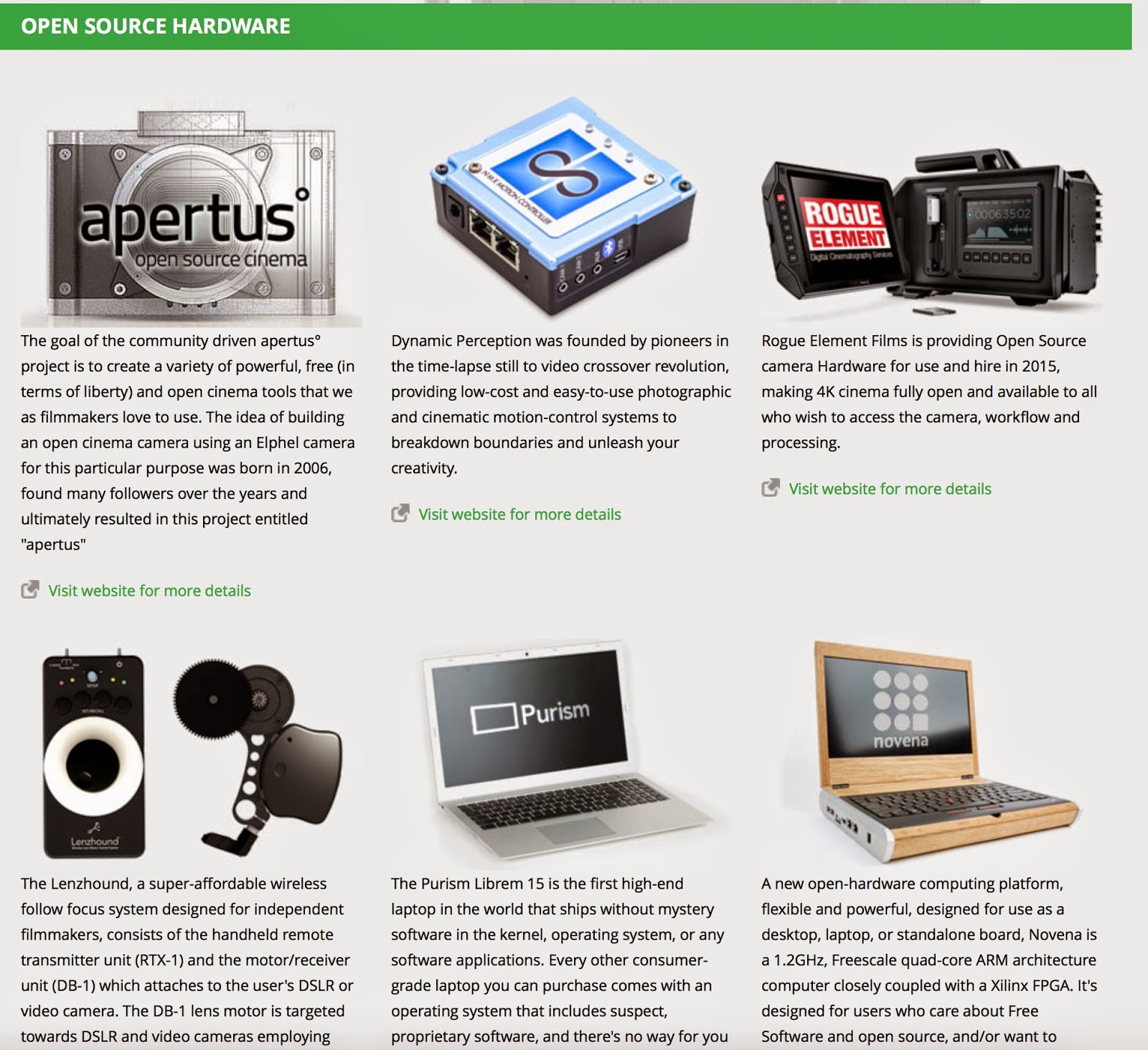Future of hire is in the post
Following Panavision’s purchase of post firm Light Iron in December, Dan Mulligan asks if there is greater emphasis on all-in-one rental models - and makes the case for open-source technology
Panavison’s acquisition of Light Iron combines a traditional box-rental camera facility with a newly established post and location services concern in a model that could prove to be the future for hire and post firms.
Hire companies that offer a multifaceted roster of services deliver a number of benefits to production, not least the ability to build a single workflow pipeline, which will provide more control over costs. By including post services with camera rental, it is possible to affiliate cameras with systems and workflows to create a tight and efficient production process that delivers real benefit in terms of time and cost savings.
With shooting ratios increasing and a greater variety of cameras being used, particularly small, high-quality cameras for travelling and PoV shots, anything that speeds up turnaround will be of benefit.
The quickest way to speed up the post process is to have quick access to the master data from the captured camera cards and media. This has proved to be effective, especially when it happens on location, because it allows transcodes to pass straight from the camera and data back-up utility to the edit.
So which way will it go? Will hire firms expand into on-set and post capabilities, or is there an opportunity for post firms to add hire? I believe there is scope for both.
Back in the 1990s, post firms offered free HD cameras such as the Sony F900 if you used their facilities. I can’t see this being repeated, but with developments in camera sensors, facilities’ deeper knowledge of colour and RAW workflows will inevitably lead to more location-based lab solutions.
There should still be room for the box-shifter hire companies, especially those that already support digital camera hire by providing post toolsets such as laptops and software for data ingest and dailies transcoding. Today’s new cameras are primarily a sensor first, with the build coming around this. Support is needed for all these new cameras – and that support can be considerable.
In the short term, I think dedicated box shifters will still be required, but as digital film production increases workloads and delivers more options, the need to consolidate will become more critical. However, the leap into dedicated post can be huge. Location VFX is increasingly important so integration, which we have begun at Pure Digital Services, is becoming a requirement.
At Rogue Element Films and Pure Digital, we have been running a camera rental and location post business since 2006 and 2008 respectively. We have kept them as separate entities, but the new landscape is changing this.
We are now offering an open modular camera and post system consisting of several open-source hardware and software solutions. We are combining this with efforts to build the first open-source digital cinema camera (pictured) and workflows. As a result, we are helping to evolve a creative platform that really supports the needs of film-makers, industry professionals, artists and enthusiasts.
That will allow collaboration and the opportunity to create and develop new tools for working. The aim is to create free and open technology, and make all the generated knowledge freely available to everyone, encouraging participation along the way.
As well as engaging the open-source community with the possibilities of film production, the Open Source Cinema UK project will take an active approach to establishing new software and hardware that can help deliver these results. We will be creating and developing ‘OpenFlow’, a new slate of workflows and software development for the entire film production pipeline.
From the point of view of our business, we will be able to offer exactly what the client wants and needs for the project they are undertaking.
Dan Mulligan is managing director of Rogue Element Films and Pure Digital Services and CEO of Open Source Cinema UK













